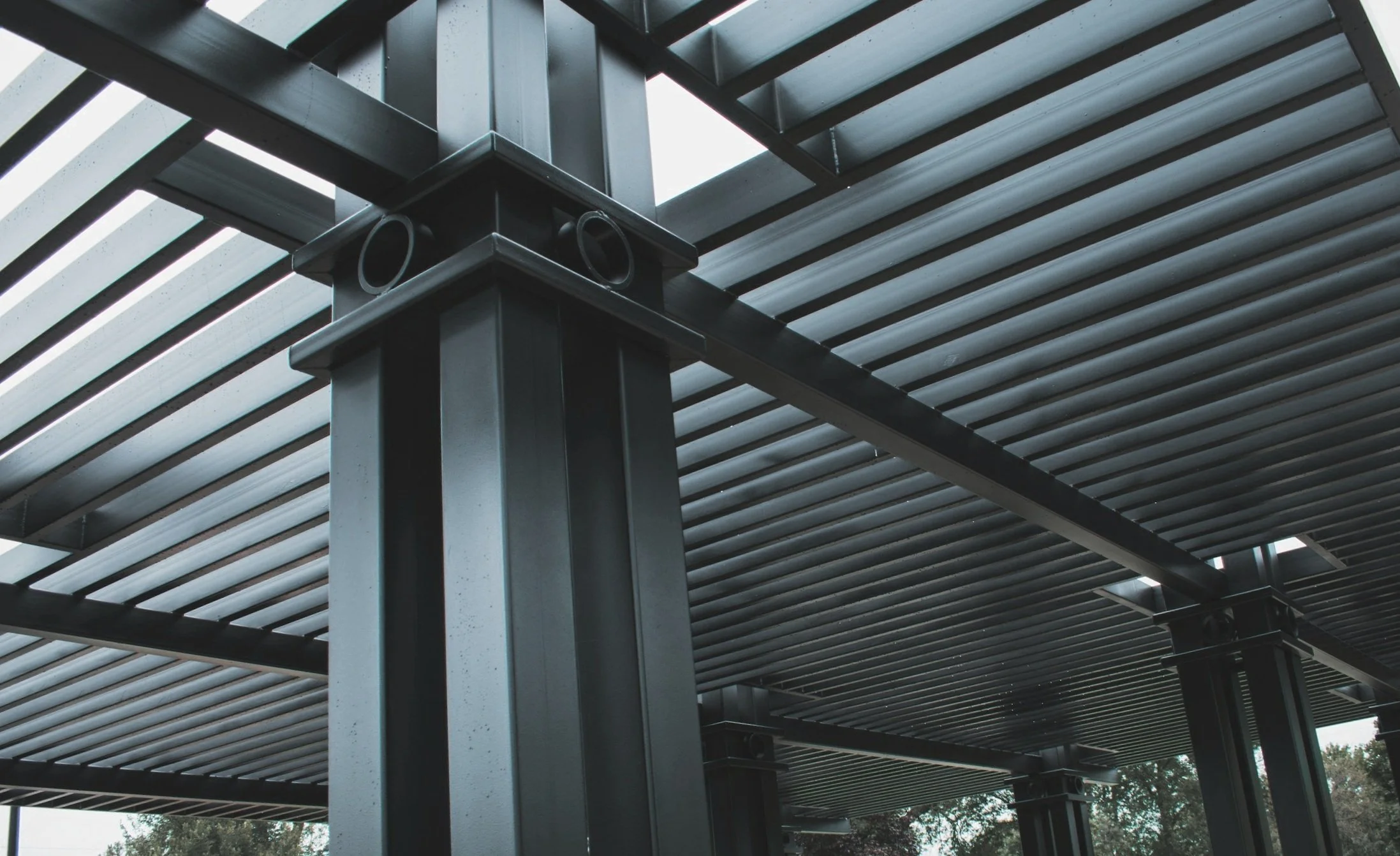
STEEL FRAME
Steel framework is a structural system made of steel components used to support and shape buildings, bridges, and other large structures. It typically consists of columns, beams, and braces that form a rigid skeleton. The steel frame provides the strength and stability needed to support the load of a building and its occupants.
Key Features & Advantages
-
Steel is incredibly strong, allowing for taller and larger structures. Also, It is a robust material that provides excellent structural integrity. It can withstand extreme weather conditions, seismic activities, and heavy loads, making it ideal for large-scale buildings.
-
Steel resists many environmental stresses like wind, fire, and pests. It allows for versatile and innovative designs. Architects and engineers can create open floor plans and large, clear-span spaces without internal support columns.
-
Pre-fabricated steel components can be assembled quickly at the construction site.
-
Steel is resistant to pests, mold, and decay, contributing to the longevity of the building. It also requires minimal maintenance.
Commercial BuiIdings
Office complexes, shopping malls, and retail stores often use steel frames due to their need for large, open spaces and aesthetic flexibility.
Industrial Buildings
Factories, warehouses, and manufacturing plants benefit from steel frames' durability and ability to create expansive interior spaces.
Our Common Types of Steel Frame Buildings
-
These form the skeleton of the building, providing vertical and horizontal support.
-
Diagonal members that help prevent the frame from swaying and provide lateral support to resist wind and seismic forces.
-
Steel decking is installed to support floors and roofs, providing a strong and stable surface.
-
Steel plates, angles, and bolts are used to connect and reinforce the frame components.





